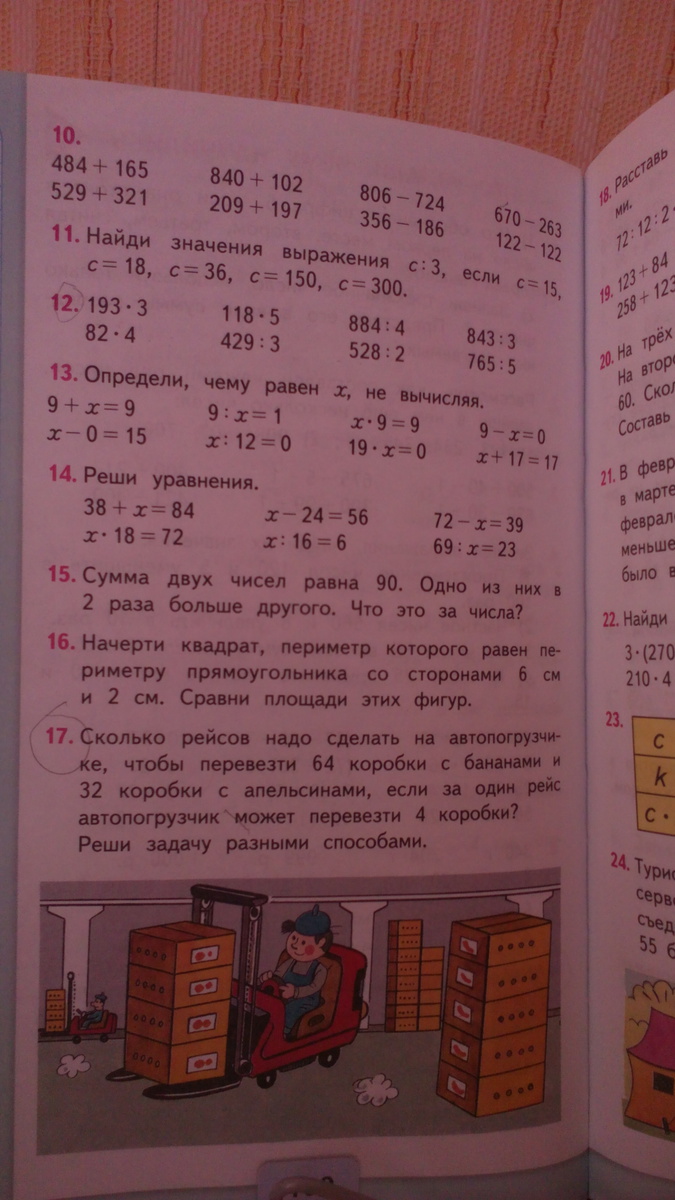Предмет: Математика,
автор: zxg7431
#17?!!!!!!!!(!)!!(!)
Приложения:

zxg7431:
пожалуста!!!!
прашу!!!
Ответы
Автор ответа:
2
(64+32):4=24 рейса всего
____________________
64:4=16 рейсов на бананы
32:4=8 рейсов на апельсины
16+8=24 рейса всего
________________________
64+32=96 коробок всего
96:4=24 рейса всего
____________________
64:4=16 рейсов на бананы
32:4=8 рейсов на апельсины
16+8=24 рейса всего
________________________
64+32=96 коробок всего
96:4=24 рейса всего
Спасибо
Автор ответа:
2
(64+32):4=25(р)
ОТВЕТ: Потребуется 25 рейсов
ОТВЕТ: Потребуется 25 рейсов
Похожие вопросы
Предмет: Английский язык,
автор: Елена5616
Предмет: Русский язык,
автор: igulsinya
Предмет: Русский язык,
автор: nikitabordkin
Предмет: Английский язык,
автор: reklamamaxi
Предмет: Українська мова,
автор: ledi9591